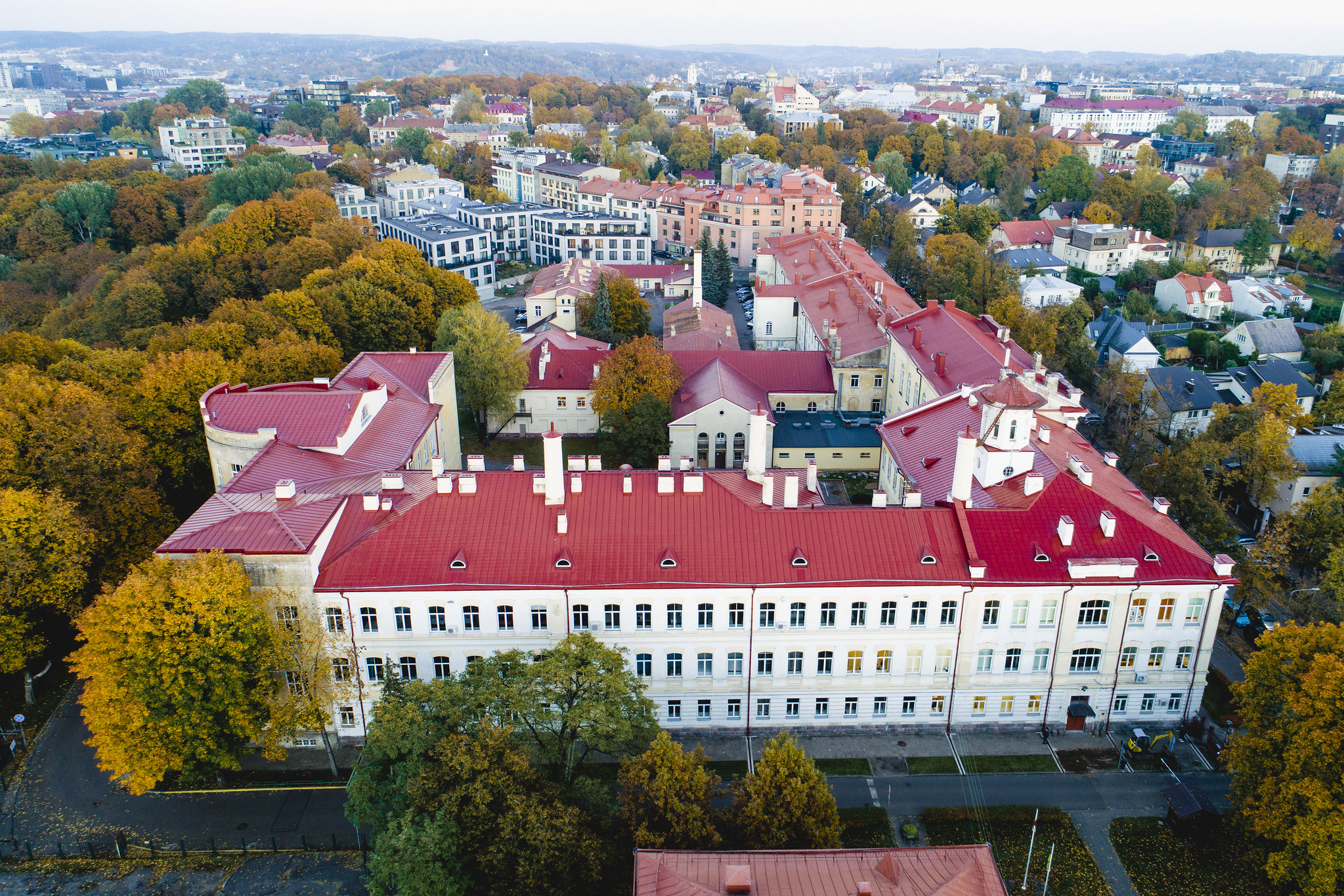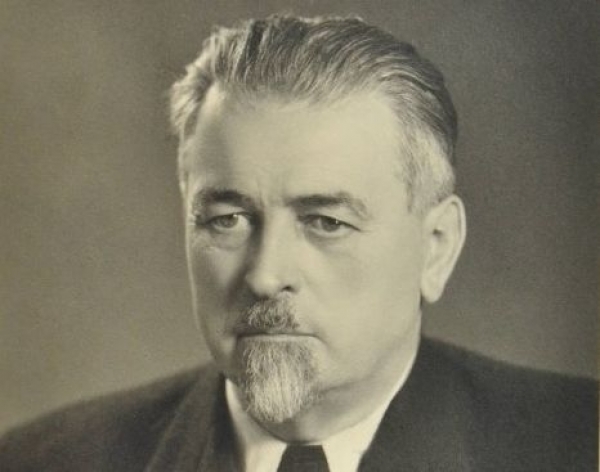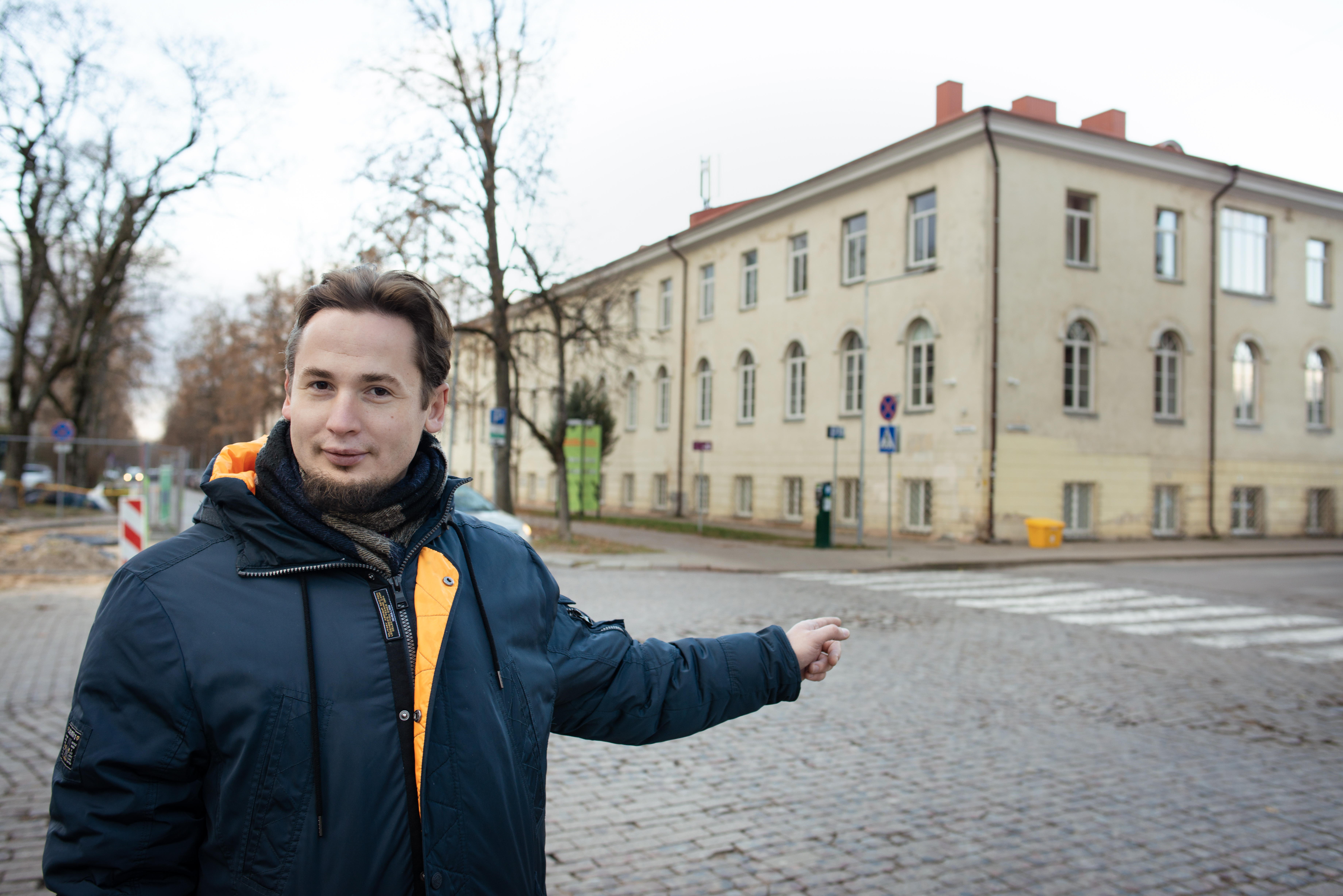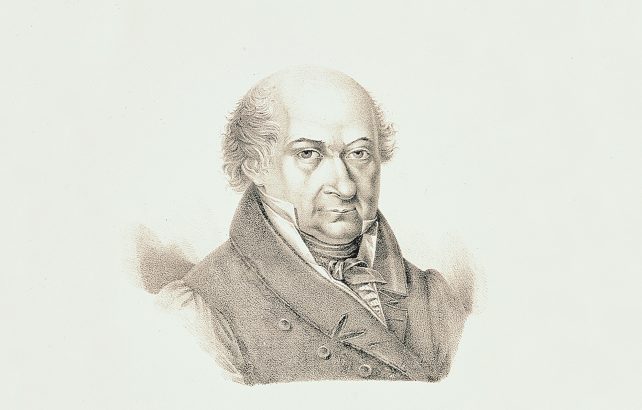 Faculty of Medicine, Autumn 2023 / © MF archive
Faculty of Medicine, Autumn 2023 / © MF archive
As with every year, on 24 November, the community of the Faculty of Medicine at Vilnius University (VU MF) celebrates the Faculty's anniversary. The annual, Days of the Faculty of Medicine (MeDi), have been in full swing this week to mark its 242nd year. MeDi is a series of events organised by the VU MF Students' Representation since 2003, that aims to foster community spirit, build new skills and educate the public.
This year, at the VU MF’s Student Research Network Fair, students had the opportunity to investigate more than 20 different fields of medicine, as well as to take part in the discussion “From Idea to Innovation for Better Human Health” allowing them to get better acquainted with the importance of innovation, start-up development prospects and the subtleties of the art of entrepreneurship.
The medical profession has always borne witness to all kinds of incidents and stories. Doctors have often recorded their lives in memoirs. Some of them have done so in great detail, perhaps even a little pretentiously, while others were rather dry and described only the most important events, difficulties and challenges of their careers. There were some medical professionals who approached their work and life experiences with a healthy sense of self-irony, who followed interesting and controversial phenomena and adventures of the time, or simply described what they had seen without wondering how such events would be perceived by a person of a different era, say, in 100 or even 200 years’ time.
Join us on a journey through the labyrinths of the Faculty of Medicine’s history. Associate Professor Dr Aistis Žalnora, who lecturers on the history of medicine, tells us hilariously gruesome tales of the lives and adventures of the Faculty's legendary figures – the doctors and scientists – from the 19th and 20th centuries.
 Portrait of Prof. Kornel Michejda
Portrait of Prof. Kornel Michejda
From the memoirs of Kornel Michejda (1929)
Attention: sensitive content.
Some of the most colourful memories about life in the interwar period, both in Vilnius and at the VU MF, were recorded by Polish surgeon Kornel Michejda (1887–1960). In 1914, he graduated from, and then taught at, Jagiellonian University in Krakow. From 1919 to 1921, he was a Polish Army doctor with the rank of Major. During the years 1922 to 1939, Michejda taught at Vilnius University and was the Head of the Department of Surgery and at the clinic, that he founded, and in 1932 and 1935 respectively, he was Dean of the Faculty of Medicine. We usually view doctors in the capacity of those saving the lives of others. Sometimes, however, the doctor himself needs help! Here is one of his stories:
In 1929, returning home on a routine train journey, while boarding, I suddenly felt a sharp and very gnawing pain in the left side of my pelvis. My wife noticed the change in my facial expression and immediately asked what was wrong. Thinking that it was just some pain that would soon pass, I replied that it must be some kind of mild cramp [...] Feeling the pain with every movement, I crawled with difficulty into the carriage. The vibration and the carriage ride caused me even more pain and I felt weak. Back at home I immediately called Professor Aleksander Januszkiewicz, who suspected appendicitis. I called my clinic's adjunct and asked him to prepare for the surgery, but he was hesitant to perform surgery on me. So we decided to call Professor Władysław Jakowicki, the Head of the Department of Gynaecology, who was a well-known gynaecologist at the time. I was taken to the clinic around midnight, and the surgery took place at around 1–2 a.m. We immediately notified my wife, who was on her way to Białystok. […] The surgery was without complications. I was fortunate that we responded in time and managed to avoid more serious inflammation. I remember waking up at around 6 a.m. after the ether anaesthesia had worn off. I felt much better and returned home eight days later. Of course, there was some gossip about the news. Professor Shilling-Siengalewicz (forensic medicine), a colleague in Poland known for his sharp tongue, was quick to come up with another version of the story, telling it to his colleagues, and especially to their wives: “It’s not true that Michejda had an appendectomy, it’s only the official version for the public. In fact, it was an ectopic pregnancy, which is why the gynaecologist operated on him.”
 Assoc. Prof. Dr Aistis Žalnora is pointing to the intersection of Čiurlionis and Sierakauskas Streets, where Prof. Vincas Lapinskas used to drive in a cart together with his colleagues, prosectors, Prof. Serapinas and Prof. Valiuškytė / © MF archive
Assoc. Prof. Dr Aistis Žalnora is pointing to the intersection of Čiurlionis and Sierakauskas Streets, where Prof. Vincas Lapinskas used to drive in a cart together with his colleagues, prosectors, Prof. Serapinas and Prof. Valiuškytė / © MF archive
From the memoirs of Vincas Lapinskas (c. 1943)
It is worth recalling at least two (of course, there were many more) stories told by professor and radiologist, Vincas Lapinskas (1920–2013) in his 2012 book, Mediko gyvenimas (The Life of a Physician):
When Vilnius was reclaimed by Lithuania and the Faculty of Medicine was revived at Vilnius University in 1940, the Department of Anatomy was also re-established [...]. In 1943, when the occupiers closed Vilnius University, the premises of the Department of Anatomy were commandeered for the German military hospital. When I started my studies at the Faculty of Medicine in 1942, the Department of Anatomy was still located in the same building as the Faculty of Medicine. Later, it was located on the 4th floor of the building at Čiurlionis Street 1 and remained there until the end of the war. [The rest of the faculty remained at its usual address]. So when I was a student, together with my peers, Serapinas and Valiuškytė, chief prosectors, I started working at the Department of Anatomy. It was our duty to take a cart borrowed from the Pharmacognosy Garden of the Faculty of Medicine [...] and deliver the material for the prosectorium from the basement of the Faculty of Medicine to the Čiurlionio Street location and carry it on a stretcher up to the 4th floor. At the end of the semester we had to take all the waste material back to the basement of the Faculty of Medicine and burn it in the crematorium there.
On one occasion, Serapinas and I had to take cadavers to Čiurlionio Street, where our temporary prosectorium was located. As we were going along Čiurlionio Street, at the intersection with Sierakauskas Street, a hare jumped out of the bushes. It frightened the horse and the cart along with the cadavers and my colleague Serapinas, was overturned. An elderly woman passing by fainted when she saw the strewn cadavers. I did not know what to do first: to rescue my colleague lying under cadavers or to resuscitate the woman. There were also parts of bodies in the cart, like legs and arms. A child's head rolled down the street towards where the woman was lying unconscious. When she finally came round, she saw the child's head nearby and promptly fainted again...
For those readers with stronger nerves, we have another story recorded in Vincas Lapinskas’ memoirs:
I was in my third year of studies when I started working at the Faculty of Medicine in the Department of Human Anatomy as a chief prosector. I had to prepare cadavers for preservation [...]. I was only able to work late in the evenings. So one late autumn evening, I was alone in the basement of the Faculty of Medicine and had just finished preserving the last cadaver. I had cut the carotid artery in the neck and inserted a cannula to administer a special preservation solution. Since the solution was pushing back through the cut artery, I had bent down and pressed the wound with my fingers. Suddenly, I felt the corpse's hand grip my neck. Although I was not a coward, I flinched. Next, I thought that there was nothing to be afraid of, because they had never done anything evil. I calmly took the cold hand of the corpse and moved it away from my neck. It turned out that when you fill the body with 5 litres of preservation solution, the legs and arms start to move, and in this case the left arm, which had previously been frozen in an unusual position, [...] had fallen onto my neck due to the pressure from the solution. Had I jumped and run away, I wouldn't have understood the reason...
 Portrait of Prof. Andrew Sniadecki (Jędrzej Śniadecki)
Portrait of Prof. Andrew Sniadecki (Jędrzej Śniadecki)
Andrew's Sniadecki burial mound
In the interests of giving our readers a break, we would like to share a story by the 19th century historian Adam Honory Kirkor, from his book, Pasivaikščiojimai po Vilnių ir jo apylinkes (Przechadzki po Wilnie i jego okolicach), about the history of the burial mound of Andrew Sniadecki (1768–1838), the chemist, biologist, philosopher and physician of the Grand Duchy of Lithuania:
Now let’s get back to the Gate of Dawn and walk down the wide street towards the cordon. We will pass the missionaries' house on the left, where there are still [...] some traces of the former little Church of St Joseph and St Nicodemus, and further along, on the right, there is the fine Kosobudskis' house, built in this century, using bricks from the dismantled palace of the glorious Queen Barbara (Radvilaitė), near the River Vilnia. As we approach the cordon, on the right, next to the park, at the foot of the hill, there is an abandoned hut formerly known as the Village Coffee where banquets and carnivals used to take place on Saturdays. Past the cordon, on the right, you can see the Russian Orthodox cemetery, and a little further along, where the public road forks into two, one road leads to the town of Ašmena and the other to Lida and Grodno, the so-called Minsk Road where, as it bends to the left, there is a small burial mound or Andrew's burial mound, as it is known. It was hand-made by the students of the former Vilnius Academy of Medicine and Surgery in honour and memory of the beloved and famous Professor Dr Andrew Sniadecki, who was widely known in the world of science. The students brought his remains from the Church of St. John to this location on 3 May 1837. Here, they transferred him onto a carriage and then, in accordance with his wishes, they took him to Baltupiai Manor (in Ašmena district). The students took turns to carry the coffin on their shoulders, and at the place where it had been placed onto the carriage, they piled up a mound, and later erected a cross with an inscription to that effect...
Andrew Sniadecki was for many years a professor of chemistry at Vilnius University. He was a pioneer, paving the way for the science of chemistry in this country. He created the universally accepted Polish terminology of chemistry, and his brilliant work, The Theory of Organic Bodies, was translated into French and German. After the closure of Vilnius University in 1832, the professor worked at the Vilnius Academy of Medicine and Surgery, heading up the clinic. While living in Vilnius, the professor was considered to be the most active, popular and most respected physician.
